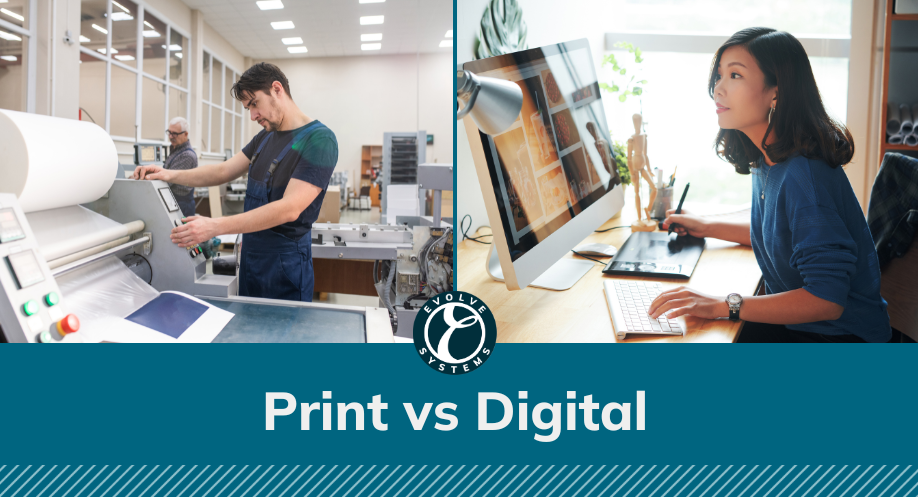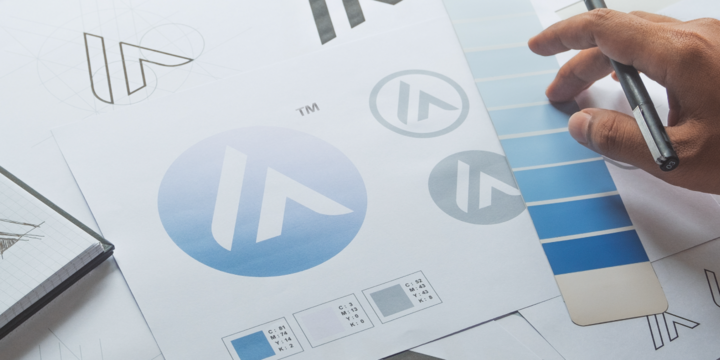If you’ve ever watched competitive rowing before, you might’ve noticed a person at the back of the boat facing the rowers. This individual is called a “coxswain” and is a confusing addition to the team. After all, the more weight in the boat, the slower you go, so why is the coxswain invited when they can’t help row? The answer to this question is larger than just rowing. Team alignment is valuable; so valuable, in fact, that rowers bring someone along for the ride just to guarantee it.
How Do I Hire a Coxswain?
No hiring required. Your team’s coxswain can be a marketing manager, project manager, or somebody else from within the team. Any member of the team can hold this role because it’s more informative than authoritative. Your team’s coxswain will be their eyes and ears for the rebranding process, acting more as a brand representative than a decision maker. The only prerequisite for the coxswain role is complete knowledge of and engagement with the rebranding process, as it’s hard to align the team with the new brand if the aligner isn’t familiar with it.
It may prove beneficial to nominate a brand coxswain that doesn’t hold a leadership position. They’ll be more in-tune with the team’s intricacies than high-level decision makers that don’t have the capacity to interact with your team regularly. Although there are exceptions, most coxswains aren’t coaches, they’re team captains.
So, how do coxswains align the team, and how can we apply this team alignment while branding or rebranding? During a race, the coxswain:
- Navigates the boat and protects the rowers
- Motivates and coordinates
- Makes tactical adjustments
These responsibilities are crucial for a successful race since rowing is a strenuous and technically challenging activity. The coxswain gives rowers the freedom to focus on rowing without worrying about bumping into other boats, running aground, or losing rhythm.
Running a business is like rowing; it’s challenging, strategic, and requires a lot of coordination, especially while rebranding. Because of this, your brand’s coxswain gives your team the freedom to focus on their jobs by being the branding glue that holds them together. An aligned team will contribute more effectively to the rebranding process, be more receptive to the outcome, and be true brand champions after the race.
Navigating Your Brand and Protecting Your Team
During the race, rowers are unaware of what’s in front of them. They sit facing backward as they row, so the coxswain is tasked with steering the boat to stay on course. The coxswain is also responsible for the safety of the crew. If something happens to the boat, the coxswain assumes all responsibility for it.
Day-to-day, most members of your team will be incredibly busy. They’ll have their backs to the bow while they row, so they need a clear picture of what’s in front of them. This can be accomplished with clear communication. Involving your team with the rebranding process, or at the very least providing regular updates, will bring clarity to the brand and prepare them for launch. It’ll make it easier for them to understand the change, align with it, and be active advocates.
Your brand’s coxswain can present to a team the logo finalists, the updated mission statement, the new website mockups, or anything else developed during the rebrand. A constant trickle of information as the rebrand progresses is (in our eyes) the best approach. Give your team time to internalize the rebrand in bite size pieces, instead of giving them brand overload after a grand reveal. You’ll notice better reception and better execution as a result.
Keeping Your Branding Rhythmic
If one or two rowers lose focus and row out of rhythm, the boat will stray off course and slow down. Because of this, it’s the coxswain’s responsibility to keep the rowing tempo consistent, very similar to how a conductor keeps their orchestra on beat while performing.
Everybody in your organization will be brand representatives, so involving the team will motivate them to promote the rebrand. Having more team participation results in better communication, more ideas, and ultimately a better solution. Strong collaboration involves everyone pitching in and contributing their fair share, which will reduce the workload of everyone else and give the impression of brand ownership. Everybody will have a stake in it and feel like it’s theirs, which is one of the most critical outcomes of redeveloping your organization’s identity.
A rebrand will have much more potency if there’s complete buy-in from within the organization, and it’s success outside of the organization is doomed if it’s not successful from within.
Setting Your Team Up for Success
A boat will move the fastest when it’s going with the wind and current. Because of this, it’s the coxswain’s job to direct the rowers to position the boat, so it’s taking advantage of the river’s natural features. These tactical decisions can be the difference between a first-place and a fourth-place finish, so a strong understanding of their surroundings and the ability to make the right decisions based on the situation is essential.
It’s hard to balance involving the team with staying on time and within budget. This is especially true if there are differing opinions on something. Ultimately, balancing involvement with progress will ensure the rebrand doesn’t fall behind schedule. Maybe your team is split between two fonts, or perhaps a portion of the team doesn’t like the color palette. In this case, it’s up to the coxswain to clearly explain the reasoning behind this choice, so nobody is alienated. Explaining the “why” behind each decision is a big step towards making progress.
Just as your team should understand this “why”, the decision makers should also understand the “why” behind the team’s rejection of the decision, so the coxswain needs the confidence to approach decision makers with suggestions and pivots. Sometimes, it might be best to go back to the drawing board. Anybody can ask a team for their opinions, but only effective leadership can take those opinions into account and consider placing them above their own.
A decision should be made right at the beginning regarding how many team members are involved (and for which stages), as well as how many coxswains you’ll have. A company with thousands of employees can’t rebrand democratically and will struggle even more so with only one coxswain, so identifying the right balance of scale and scope will do wonders as you progress into the later stages of the rebrand.
Rebranding as a Team Building Exercise
We know that team alignment is vital for turning any project into a success, but how do we put this idea into practice? Nobody has enough time to dedicate their day towards team alignment, and I’m sure your team wouldn’t appreciate someone leaning over their shoulder encouraging them to work together. So, we have to be pragmatic while approaching team building. Thankfully, organizations that are rebranding themselves have a fantastic tool at their disposal to accomplish this – the rebrand itself!
A rebrand can be used as a team-building exercise to strengthen your team and align them during the process. Involve everybody in deciding on the logo, or invite the team to brainstorm a refurbished mission statement. Ask for ideas, inspiration, and feedback on everything from typography to newsletter templates. Sometimes too many voices can hurt more than it helps, but rebranding is a big deal, and nobody wants to do it twice. Getting it right the first time and involving your team at the right moments throughout will be the difference between a brand deserving of a gold medal and one that’s only worthy of a consolation prize.
As a concept, a coxswain represents dedicated effort towards team building, alignment, and involvement. It does not include telling people what to do or doing their jobs for them. Your team doesn’t need a brand coach; they need a guide that takes the burden of alignment off their backs so they can focus on turning your rebrand into a success.
Oar You Ready to Rebrand?
Your brand’s coxswain doesn’t have to be a leader or even an individual, although it can be. Sometimes it’s best to employ outside help to get a different perspective on everything. We’ve helped companies of all sizes rebrand themselves, and we have experience in every stage of the process, including post-launch execution. This strategy has been tested countless times.
If you’re interested in kickstarting your rebrand, we recommend starting with our free rebranding checklist. It outlines what questions your coxswain needs to ask your team to start the process.









